James Gunn is addressing the Constantine sequel that Keanu Reeves has been wanting to do for quite some time.
In a new interview, the DC Studios co-head is revealing what he knows about a possible follow-up to the 2005 film…
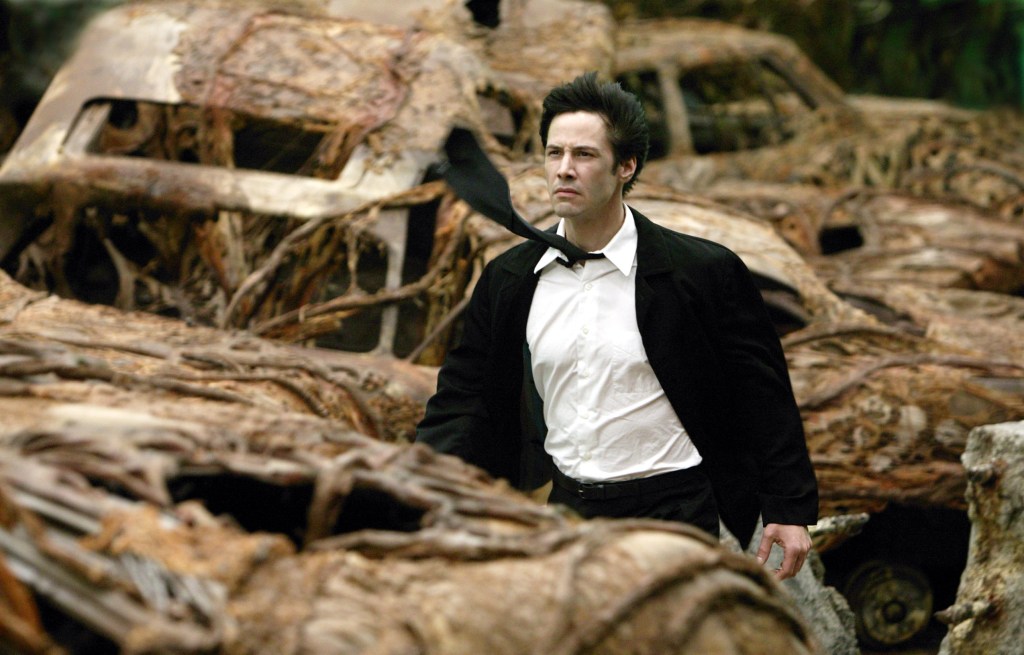
James Gunn is addressing the Constantine sequel that Keanu Reeves has been wanting to do for quite some time.
In a new interview, the DC Studios co-head is revealing what he knows about a possible follow-up to the 2005 film…

Grief is not a simple emotion to articulate, but actress Billie Lourd tried to convey her emotions in a birthday post for her late mother Carrie Fisher, referring to the loss as a “weird soup of feelings.”
On what would have been the “Star Wars”…
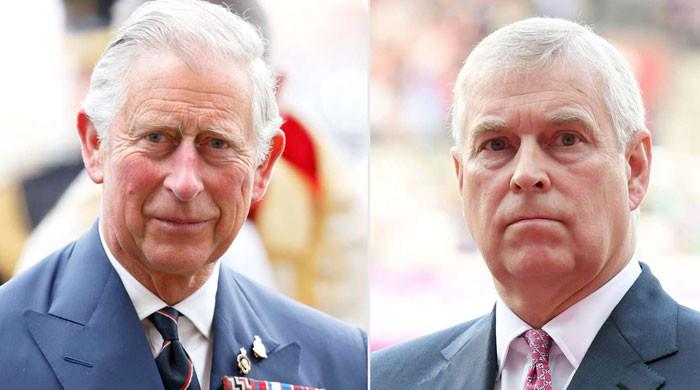
King Charles cannot save the monarchy with limited punishment to Prince Andrew, it is revealed.
His Majesty, who has seemingly forced…
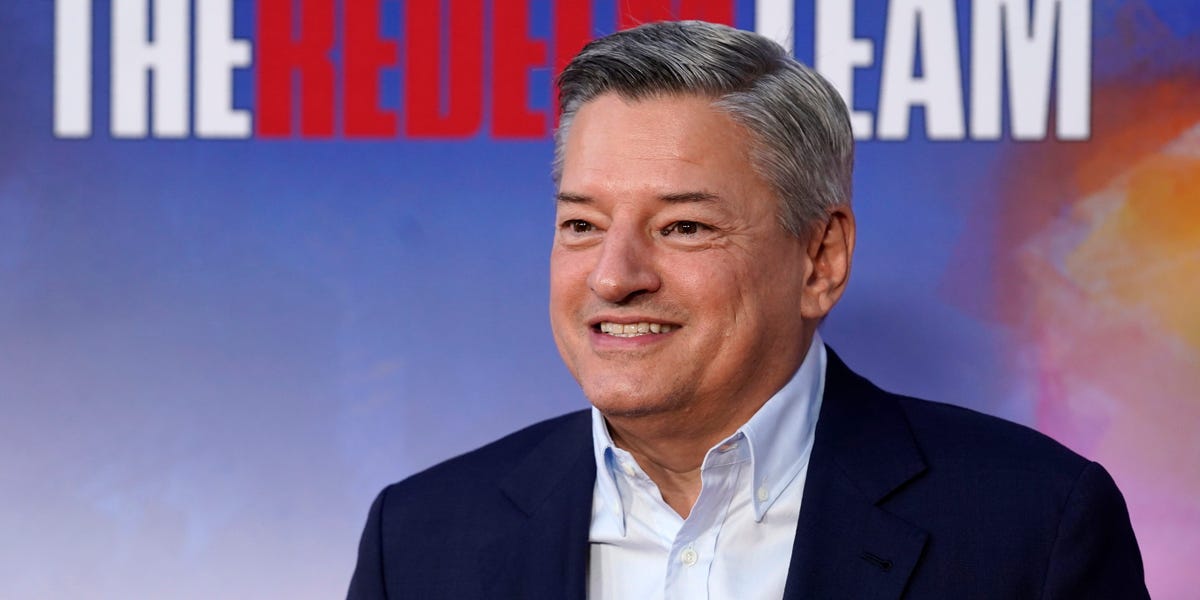
In Swifties, Netflix trusts.
Netflix co-CEO Ted Sarandos said during Tuesday’s earnings call that the company isn’t worried about vying for more eyeballs in the age of AI-generated content, drawing an analogy to music…

Some brands don’t just produce and sell clothes—they offer a blueprint for getting dressed. These are the labels that make building a wardrobe effortless, where you’ll discover everything from crisp shirting and tailored trousers, to…

Author Stephen King’s prodigious body of published works has spawned many a film or television show adaptation. King’s works have especially fueled Hollywood and the box office this year alone with three films and a TV…
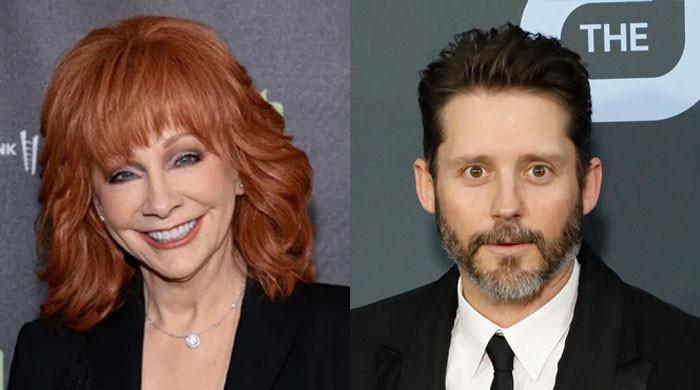
Reba McEntire is reflecting on her precious relationship with her late stepson, Brandon Blackstock.
The 70-year-old actress, who was…
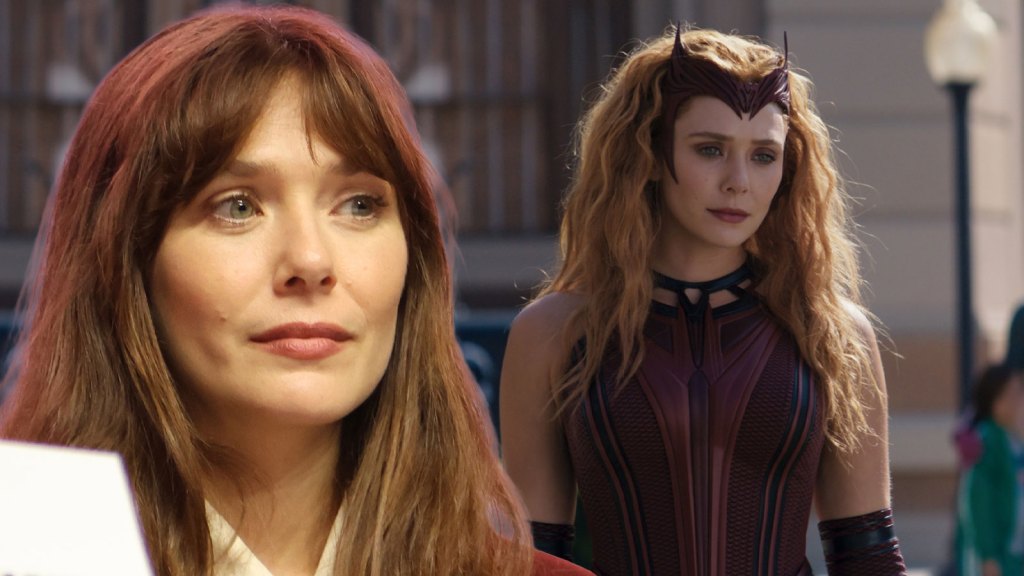
Elizabeth Olsen is sharing her passion for moviemaking and, in a recent interview, explained why seeing films in a theater is essential.
The actress recently mentioned that she would rather star in films that get theatrical…

Ready for an extended journey to a galaxy far, far away?
Deadline has compiled a list of all the Star Wars franchise movies and TV shows in chronological order, so you can be sure to keep your timeline relatively straight. (It will…
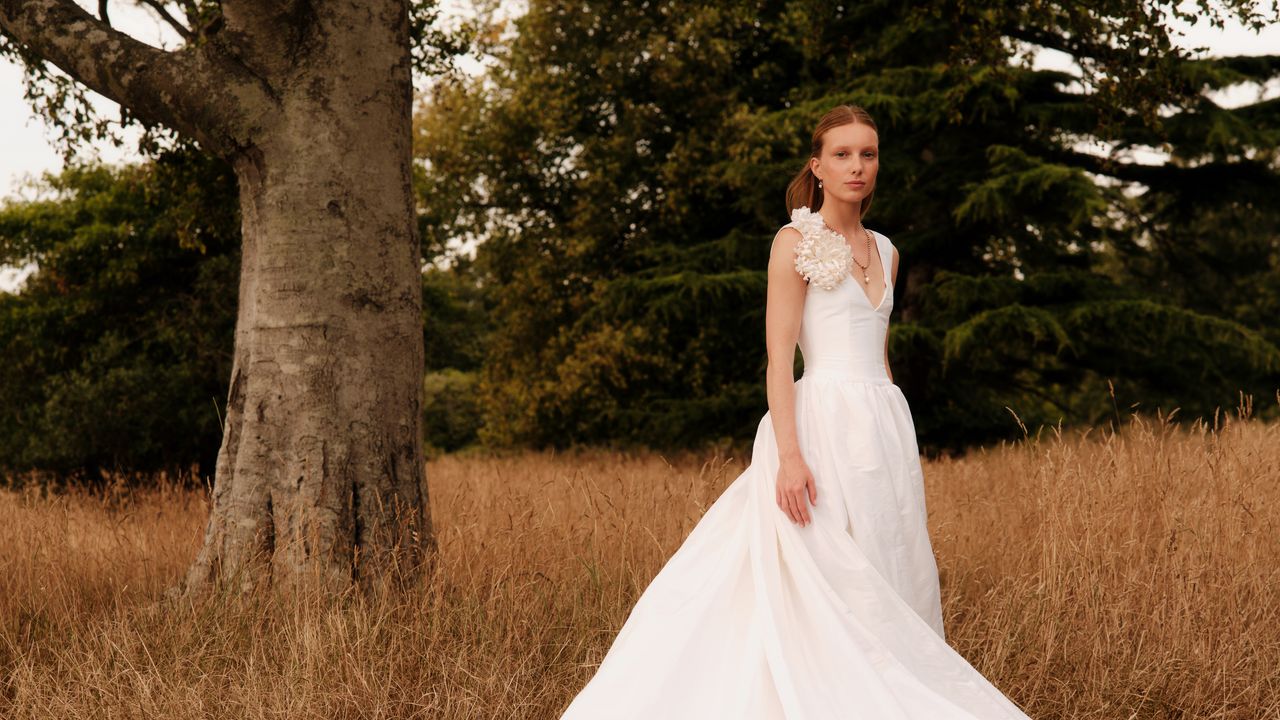
New York Bridal Fashion Week Fall 2026 was packed with hundreds of gowns, minis, and sets that will be filling bridal salons and showrooms next spring. Every designer brought their own perspective, providing to-be-weds of every sartorial leaning…